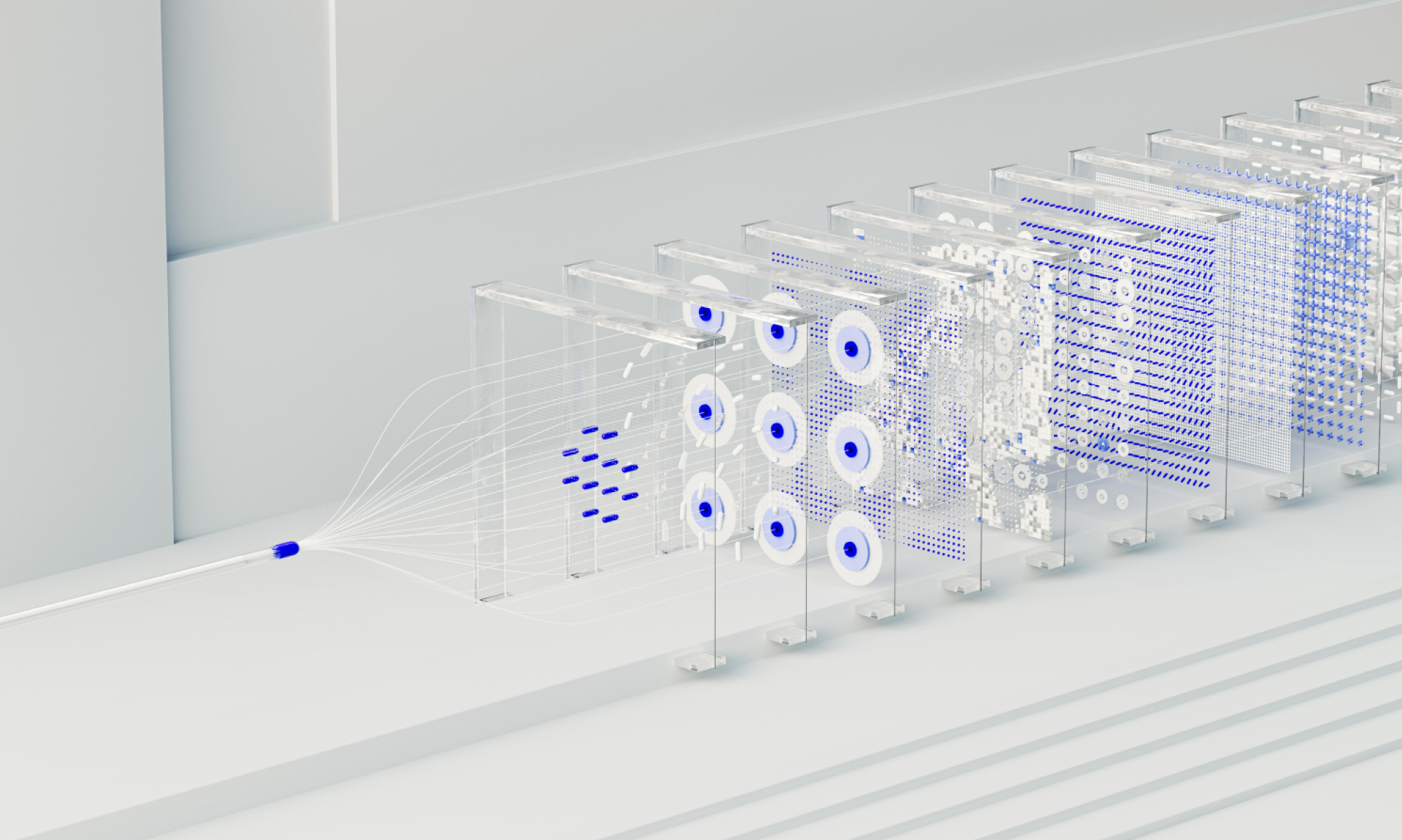AI
our blog
What is a Progressive Web App

In our last blog post - part of a series written by our tech team exploring proof of concepts and how we enhance our client development capabilities within the studio - we looked at the creation of a POC and building a hands-free, voice controlled application for various DIY tasks for home users.
For our latest post we decided to take a deeper look at progressive web apps (PWA). We look at why they are becoming increasingly popular as well as compare them with native apps.
What is a PWA?
A Progressive Web Application (PWA) is a type of application software delivered through the web, built using standard web technologies like HTML, CSS, JavaScript, and WebAssembly. It is intended to work on any standards-compliant browser across any platform (desktop or mobile).
In layman's terms, a PWA is an advanced website that, apart from being a regular website, can also provide a native app-like user experience when installed onto an iOS or Android mobile device.
Why are PWAs becoming so popular?
Functionally PWAs offer the best of both native and web apps. With some well known brands like YouTube, Twitter and Flipkart launching a PWA version of their product recently - PWAs are gaining popularity quickly and there’s a number of reasons for this.
Cost-effectiveness: PWAs essentially do not require their codebase to be produced repeatedly. This helps save time and money compared to creating separate codebase for iOS, Android, and a website. In addition, PWAs are independent when it comes to app updates. This means the users are not bound to download new information and instead you can just push your update onto the server and it will automatically be available to all users the next time they open the PWA app.
Offline availability: One of the best and most significant features of bringing PWAs is operating offline or in compromised networks. Its built-in server cache features eliminate the necessity to download it and allow users to access it without an internet connection.
Performance Improvement: Google states that 53 percent of the users are bound to quit a site if it takes longer than 3 seconds to load. PWAs utilise the service workers such as JavaScript files that run separately from the main browser thread. This proactively controls the caching of assets and delivers much better performance than traditional applications.
Discoverability: A major benefit of PWAs is the fact that it speeds up the process of your application being indexed as it leverages the same URL structure as a desktop site and can be deployed over the web which contributes to your site’s SEO. Though PWAs are mobile applications, their nature is similar to a website and hence can be indexed by search engines that help the app attain a higher ranking in search results. This allows more potential customer reach through organic search.
Storage-effectiveness: PWAs are smaller in size and hence load faster, place less strain on the phone storage as they are lightweight. These applications are a wonderful lightweight option to choose from when compared with downloading a new app.
PWA or Native App?
With several advantages of both PWAs and native apps, developers and clients must consider every detail and choose the right option based on the use case, business goals and available resources. The comparison table below highlights the key considerations when deciding on whether to build a PWA or native app:
.png)
Our POV (Point-Of-View) On PWAs
Both PWAs and native apps are quite competent solutions for any application development and we feel both are here to stay. Both PWAs and native apps have separate use cases which make them an ideal choice of application for solving different business goals. If time to market and wide user reach are the priorities then PWAs may be a better option, but if achieving complex functionality, offering premium UI or mobile sensor usage are the priorities then building a native app will probably be the best route forward.
As we’ve stated, you should carefully consider all the pros and cons of PWAs and native apps alongside the long term business goals to be achieved before making a decision on whether to go for a PWA or build a native application. If you are looking for support to not only help build a PWA or native app - but additionally need help aligning your business goals to your digital product development - then please get in touch and we will be more than happy to consult and guide you through the process.









